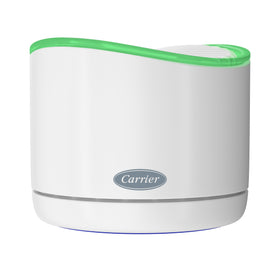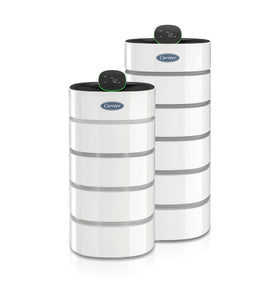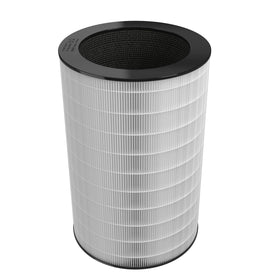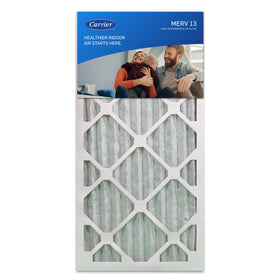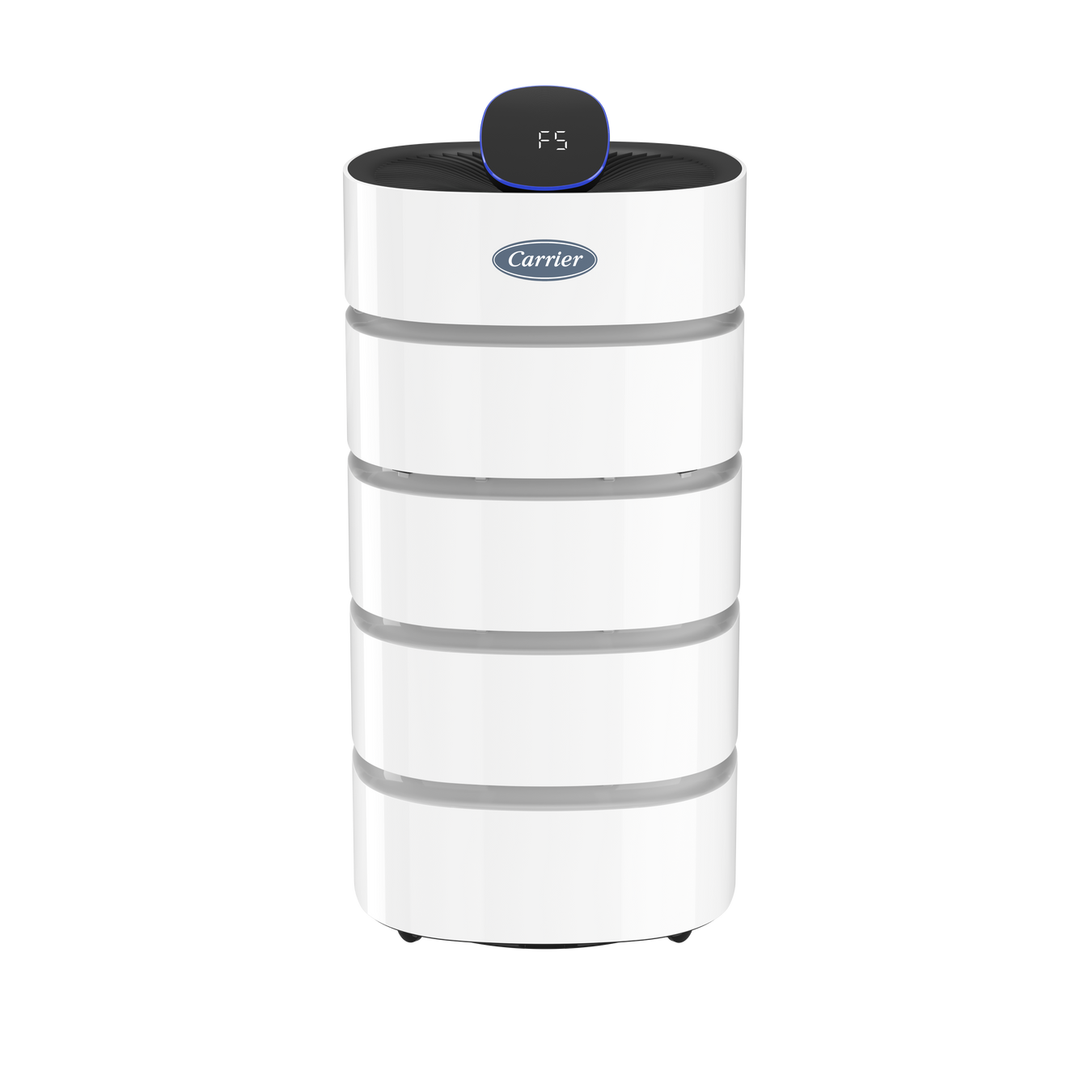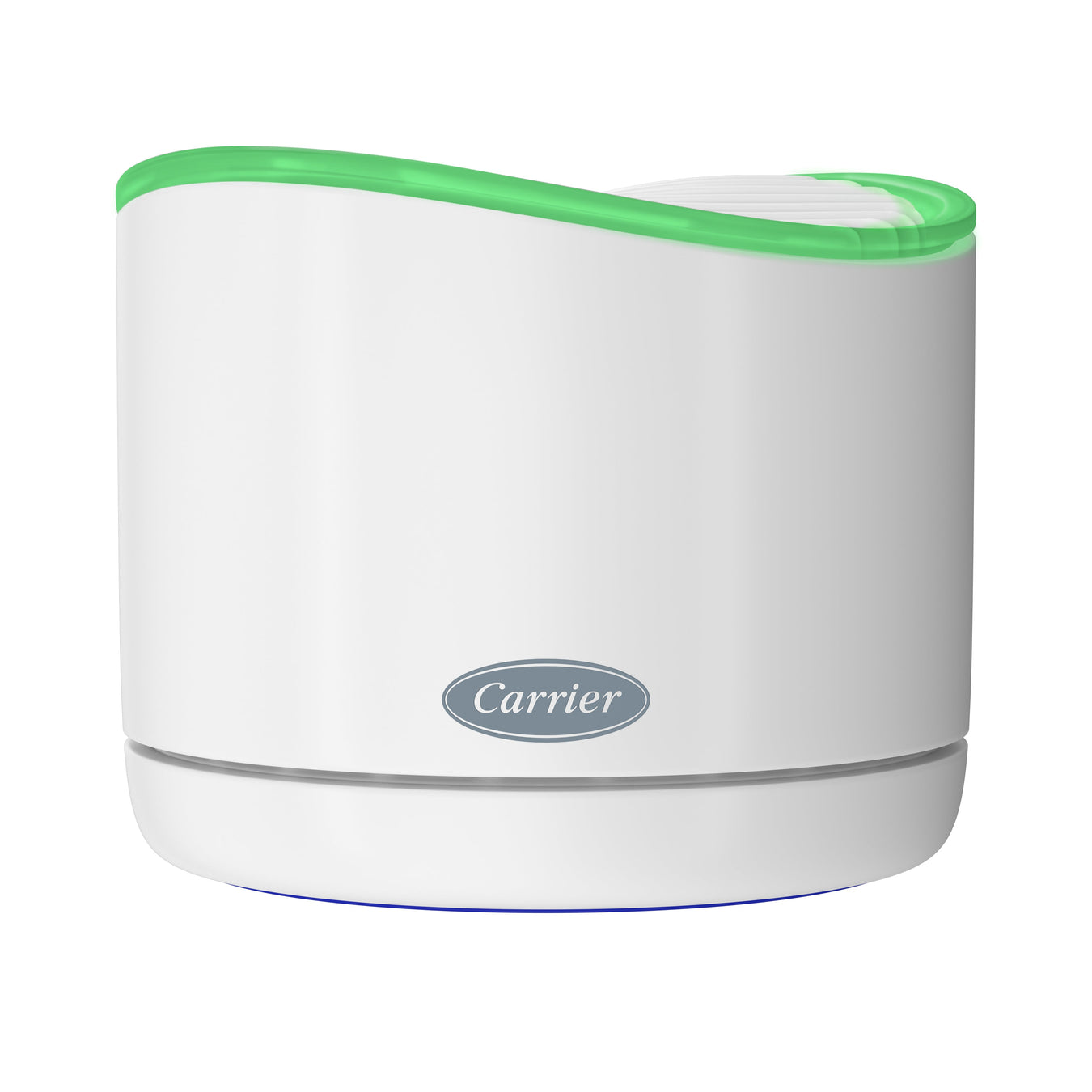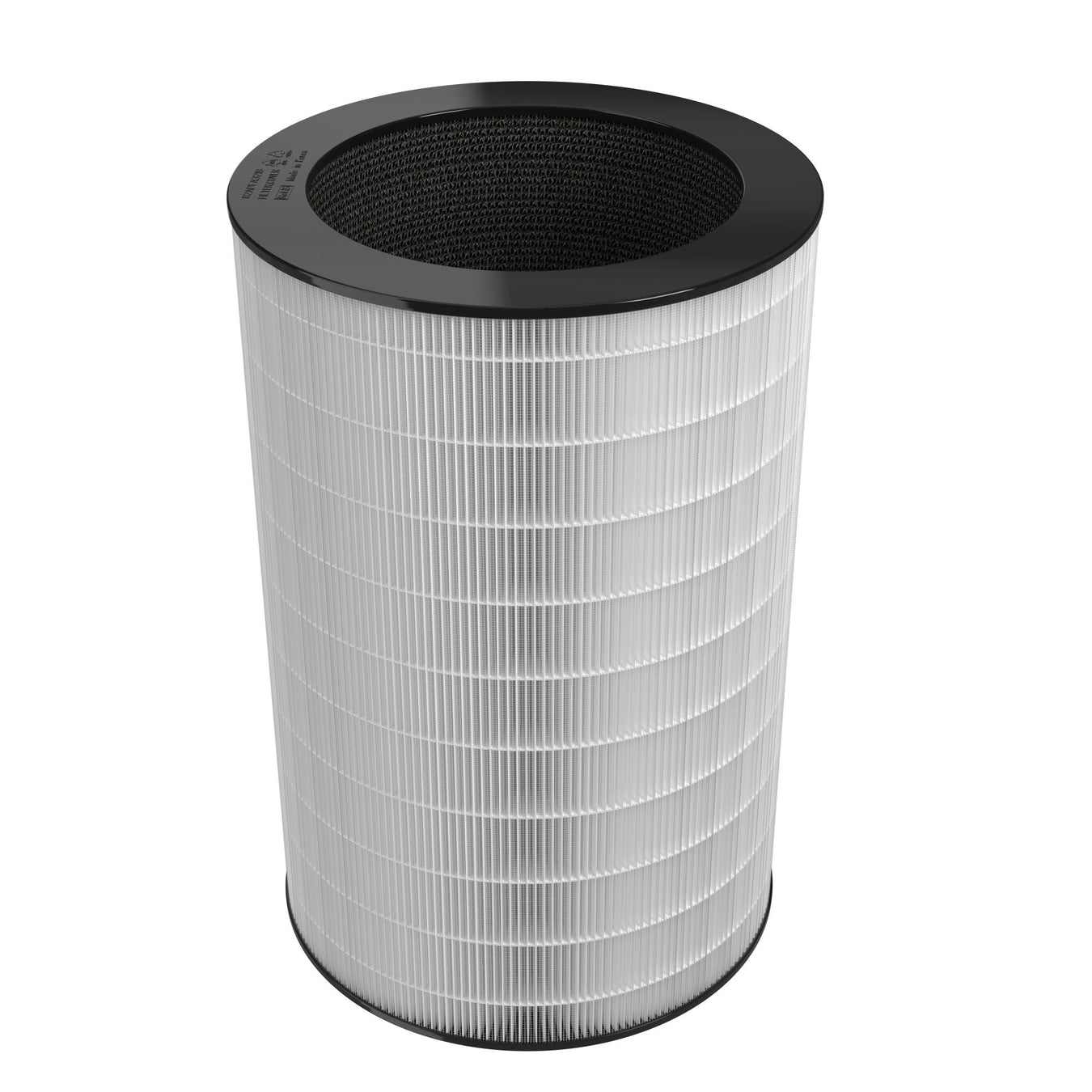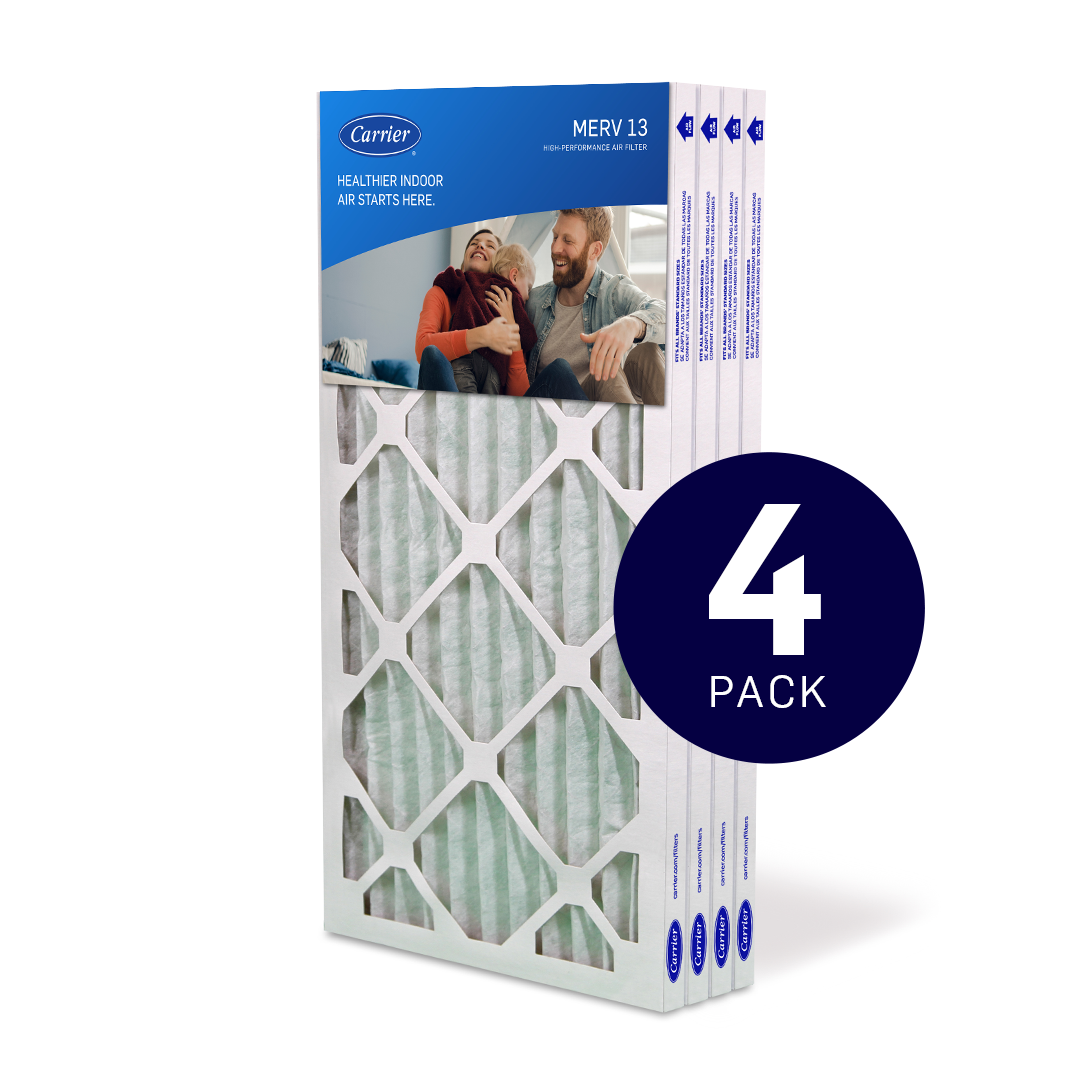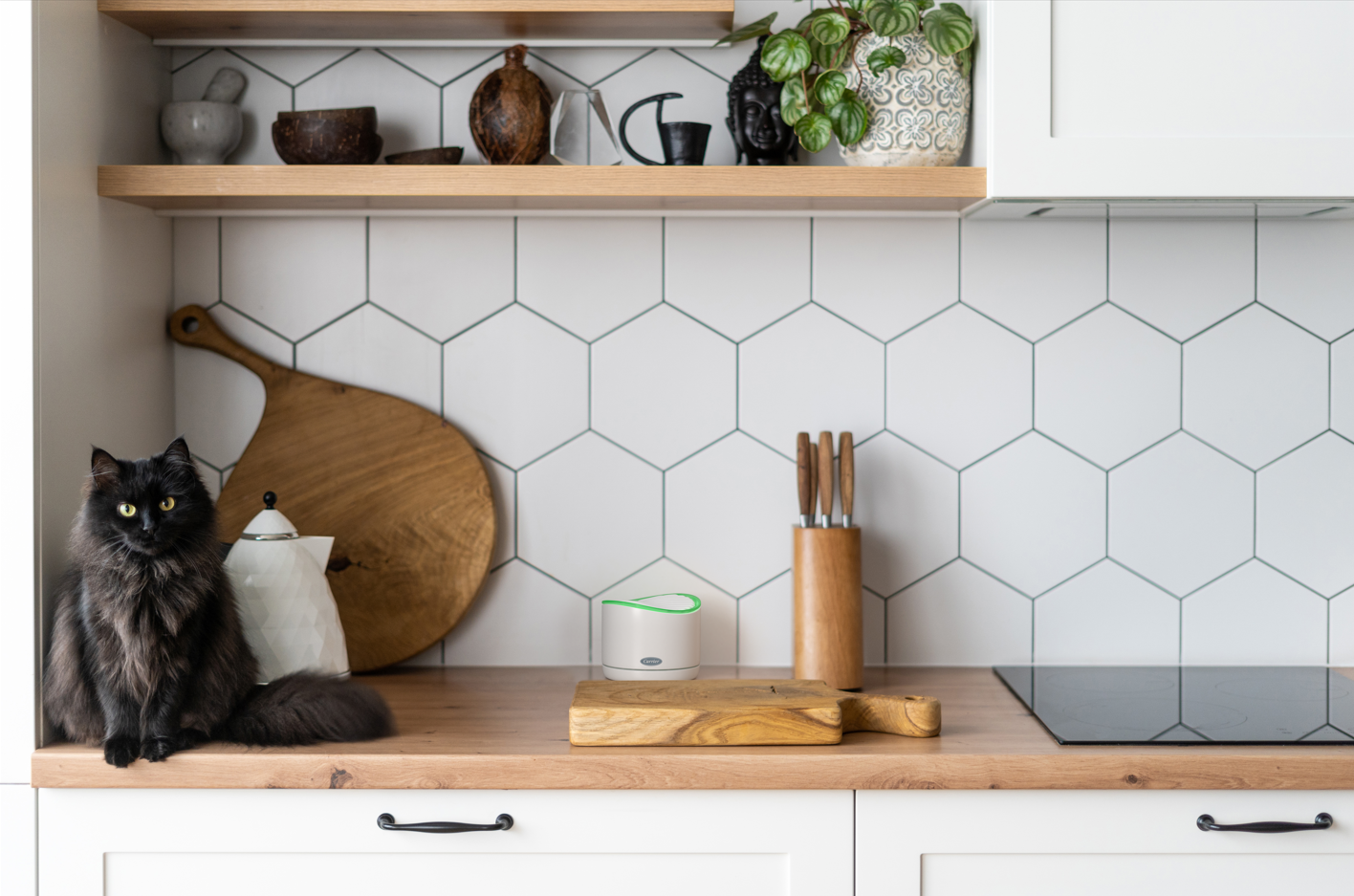
Improve Your Indoor Environment With An Air Quality Monitor
Indoor air quality ranks right up there with what you eat, how much you exercise and how careful a driver you are. Not convinced? According to the World Health Organization, household air pollution was responsible for more than three million deaths in 2020.1 This staggering number should help put a little perspective on how important it is to have an air quality monitor in your home.
Having quality monitoring for the air in your space can help deliver long term peace-of-mind for not only you, but your entire family.
Whether it’s reducing harmful air pollution or just providing a cleaner home to breathe in, we’ll talk about some of the ways to keep cleaner air flowing through your home with a multi-pronged approach, which includes changing the filters in your HVAC system as well as your air purification system and using the Carrier Air Monitor to know the air quality in your space at any given time. Below, we’ll discuss the various types of air monitors as well as their pros, and reasons to consider purchasing one.
We’ll also discuss the benefits of purchasing a Carrier Air Monitor, which works to keep you informed of the quality of air in your space 24/7.

So, what is an air quality monitor? In short, an air quality monitor is a standalone device that provides round-the-clock monitoring of air quality within the room the device is placed.
Let’s briefly talk about some of the benefits of adding an air quality monitor to your home. Depending on the model you choose an air monitor is designed to:
- Detect fine particles (PM5), which are those in the size range posing the greatest risk to your health.2
- Monitor relative humidity, and room temperature,
- Monitor Total Volatile Organic Compounds (TVOCs)
- Provide 24-hour real-time air quality monitoring.
- Allow you to connect to Alexa® or Google Assistant® for greater voice control.3
In the end, it’s important to choose an air quality monitor that serves you and your family while providing quality, real-time information about the air you breathe.
Let’s get into it.
What Kind Of Pollutants Can Air Quality Monitors Track?
If you really thought about all the things swirling around in the air, it would make your head spin. Or, more likely, make you wheeze, cough and sneeze. Truth is, there are a lot of pollutants in the air, both inside your home and lurking outside of it. Knowing what might be irritating your lungs (and nose, for that matter) is the first step toward enjoying healthier breathable air. Let’s talk about the various pollutants you’re up against, and then see how an air quality monitor can help in your battle.
Indoor Pollutants
So, which indoor pollutants can air quality monitors help detect in your home, office, or other indoor space? One of the most important is particulate matter, or PM, as it is usually called. Particulate matter, according to the Environmental Protection Agency, “contains microscopic solids or liquid droplets that are so small that they can be inhaled and cause serious health problems.”2
Of particular concern are those particles in the size range known as PM2.5. Measuring less than 2.5 micrometers in diameter, these particles come from a variety of sources, including tobacco smoke, cooking, burning candles, operating fireplaces and other heating sources. According to the EPA, these particles “pose the greatest health risk. These fine particles can get deep into lungs, and some may even get into the bloodstream”4.
Other indoor pollutants that could cause respiratory problems include:
- Volatile organic compounds (VOCs): These compounds are often found in common household products like paints, cleaning supplies and dry-cleaned clothing.
- Carbon monoxide: Lacking color and smell, CO is a particularly insidious gas, and it is known for causing respiratory failure and death in those who are sleeping or otherwise unaware of its presence. Please note that carbon monoxide is not generally detected by standard air monitors, in which case it’s vital to have separate carbon monoxide detectors placed throughout the home.5
- Radon: Behind cigarette smoking, radon exposure is the next leading cause of lung cancer.6 According to the EPA:” Radon is naturally in the atmosphere in trace amounts. Outdoors, radon disperses rapidly and, generally, is not a health issue. Most radon exposure occurs inside homes, schools and workplaces. Radon gas becomes trapped indoors after it enters buildings through cracks and other holes in the foundation”7. Please note that radon is not generally detected by standard air monitors, and it’s important to test your home as recommended by the EPA8.
- Nitrogen dioxide: According to the American Lung Association, nitrogen dioxide is derived from burned fossil fuels (coal, gas, diesel, etc.), creating NO2 also known as nitrogen dioxide. NO2 impacts outdoor air quality and can also form inside your home when using a wood-burning fireplace or natural gas for cooking. Among the potentially harmful effects of NO2 are worsened cough and wheezing, increased asthma attacks, reduced lung function, and increased inflammation of the airways.9 Again, standard air monitors do not typically detect NO2.
- Additionally, high temperature and humidity are factors that should not be overlooked, as they can lead to respiratory troubles such as shortness of breath in extreme or prolonged cases.10
In the next section, we will explore what to look for when shopping for an air quality monitor for your home.
What To Look For When Choosing An Air Quality Monitor For Your Home
So, what makes for a reliable air quality monitor for your home? Several things. You want it to be able to continuously detect the air quality in your space and convey this information to you simply and without a lot of hassle. The units that tend to make the list of top picks for consumers offer air quality readouts via smartphone or mobile device, while some units display the information directly on the unit’s LCD screen. Choosing an air quality monitor for your home often comes down to personal preference.
How Can a Home Air Quality Monitor Help Bad Air Quality?
Let’s establish a couple of definitions before we get into how a home air quality monitor can help in your space. An air purifier is generally a separate unit that uses a filtration system to filter impurities from the air inside your room. Select purifiers on the market do this with a combination of several different filter types: a pre-filter to capture the largest particles, a HEPA filter to trap smaller particles and a carbon activated filter to reduce household odors.
Indoor air quality monitors, on the other hand, simply detect the presence of certain impurities in the air, offering particulate matter measurements in your space at any given time. These monitors may also provide information on the temperature and humidity inside your space, providing a more complete picture of the air quality. When used in conjunction with each other, an air quality monitor and air purification system can provide your family with current and relevant data about air quality inside your space. The monitor itself does not improve air quality but provides the insights to take actions that do.
As you’ll see below, Carrier’s home air quality monitor provides a sleek, unobtrusive experience while delivering critical information about the quality of the air inside your space straight to your smartphone whether you’re at home, at work or on the road.11
Shop the Carrier Air Monitor.
What Are The Benefits Of Good Air Quality?
As mentioned, working toward cleaner and healthier air quality in your home is worthwhile and, thanks to advances in air purification technology, the effort is minimal.
How Can Air Quality Monitors Help?
Air quality monitors provide accurate information in real-time regarding your indoor air quality. Based on those findings, you can take a number of actions, such as using an air purifier to help filter pollutants from the air of the room with poor indoor air quality. It’s a one-two combination that helps your family breathe easier, day or night.
When purchasing an air quality monitor, there are several factors to keep in mind:
- Functionality: does it provide you with enough information to make informed choices about the air quality in your home or office?
- Aesthetics: does it fit in with your home’s decor and is it unobtrusive enough not to stand out or get in the way of your daily routines?
- Reliability: is it backed by a warranty so that you can enjoy monitoring the air inside your space beyond the initial 30 days?
The Carrier Air Monitor offers these features and it comes in a sleek package that will fit right in with your smart home, using Wi-Fi to deliver quality data to your smartphone via the Carrier mobile app.
The Carrier Air Monitor is designed to detect fine particles under PM2.5 while monitoring relative humidity, room temperature and Total VOCs around the clock. If anything changes in your room’s air quality, you’ll be alerted via the Carrier Home App.3 The monitor includes a simple color-coding system with green meaning good quality air, yellow meaning moderate and orange/red for degrees of poor air quality. Also, you can connect your monitor with Alexa® or Google Assistant® for greater voice control.3
Shop for a Carrier Air Monitor today.
Learn more about: What Does Unhealthy Air Quality Mean?
- https://www.who.int/news-room/fact-sheets/detail/health
- https://www.epa.gov/pm-pollution/particulate-matter-pm-basics
- Wi-Fi® connection required. Works with Alexa, Google Assistant and select Apple® and Android™ mobile devices. Free Carrier Home App download required. See User Manual for more details.
- https://www3.epa.gov/region1/airquality/pm-human-health.
- https://www.kidde.com/home-safety/en/us/support/help-center
- https://www.epa.gov/radon/health-risk-
- https://www.epa.gov/radiation/what-radon-gas-it-dangerous
- https://www.epa.gov/radon/radon-resources-individuals-and-families
- https://www.lung.org/clean-air/outdoors/what-makes-air-unhealthy/nitrogen-dioxide
- https://health.clevelandclinic.org/5-tips-to-help-you-breathe-easier-in-hot-or-cold-weather/
- Wi-Fi® connection required. Free Carrier Home App download required. See User Manual for more details.

